Traditional tattooing in the Balkans and how women held on to the tradition
This tip of body painting is not in use anymore in the traditional sense, sure the motives from the past are still tattooed on the bodies of people in the Balkans. Like anywhere in the world the motive stays but the story behind is lost or forgotten. But these ones had a more traditional value and a significant statement. The motives were deeply implanted into the lives of people living in these parts. As any tattoos in the past, the ones used here had a reason why there were put on your body. Like sailors who would earn the right to tattoo a turtle when they would pass the equator. In the Balkans, they were not really a choice nor were they a recognition of an achievement, belief or superstition.

Tattooing in the Balkans has a long tradition going back in history thousands of years as far as the copper age. Ceramic statues over 4000 years old clearly show women and men with full body tattoos a lot were found in Bosnia and Hercegovina. The tradition is mentioned even by Greek historian Strabo in his work Geographica he tells the story about Illyrian tribes in the Balkans and their full body tattoos.
I do not want to write a post about the history of tattooing in the Balkans this would take ages and would lead to a series of posts. My idea was to cover a specific time period which leads to a tradition almost extinguished in these parts of south-east Europe. The tattoos I want to talk about are primarily tattoos which covered the body of women during the medieval ages.
The art of tattooing in Bosnia, Dalmatia among Catholic women was a tradition in these parts during the time of Turkish rule over Bosnia and other parts of south-east Europe. It is known as Sicanje, Bocanje or translated cutting or puncturing among the women in Bosnia were the tradition regarding tattooing of women held on into the 21st century.
The tradition of women's tattoos in these parts can be traced back to the time of the Ottoman Empire. The Ottoman Turks started there conquests of Europe in the 14th century and large parts of south-east Europe fell under their rule in the 15th century. Among which was Bosnia and parts of the neighboring countries mostly populated with Catholics.
At the beginning of Turkish rule, both male and female children between the ages of 3 to 18 were tattooed by their families to protect them from the Turks. It sounds harsh but this was the only way to keep them safe from so-called kidnappings. The tattoos were usually placed on the forehead, hands, forearms, and chest the parts of the body that is easily noticed. The motives were traditional Slavic Catholic symbols like various crucifixes, crucifixes in circles, ongoing floral and linear motives. As ink was not common in peasant families natural ingredients were used, ash mixed honey, milk or spit. Traditionally the ritual of tattooing took place on major Christian holy days among them Lent, Annunciation, Good Friday or the feast of St. Joseph.
These occurred every 5 to 8 years and manly boys from Catholic noble families were taken. The point of this was to make them part of the Janissaries an elite military unit made out of nonmuslim men to protect the sultan. They were taken at a young age between six to fourteen and were thought the language and Muslim costumes after which their military training and court training started. These boys were not slaves but were not free either, they were paid a salary but could not marry and were under the direct rule of the sultan. This tradition of forced recruitment among Turkish vassals started during the 14th-century, non-Muslim children were taken because Islam was opposed to enslaving Muslims.
Female children were tattoed later ass Croats living on Ottoman territory were also enslaved and taken. One of the major reasons was the right of the first night know by the Latin phrase jus primae noctis. In other words, the feudal lords had the right to have sex with the wife before the husband on the first wedding night. This was common in custom throughout medieval Europe. Tattooing was introduced to fend off Muslim feudal lords and in case of kidnapping to remember in later years where they came from and where their family came from.
The custom was still widespread until the 1940s, today mostly the young people with a strong connection to their ancestry choose these traditional motives which the knew from their grandmothers.
I myself do not have any ink and I am not really into tattoos. But I am interested in the history, customs, and tradition in my small piece of Europe.
If in your part of the world people did something similar as part of their heritage if you have any questions please let me know in the comments below.
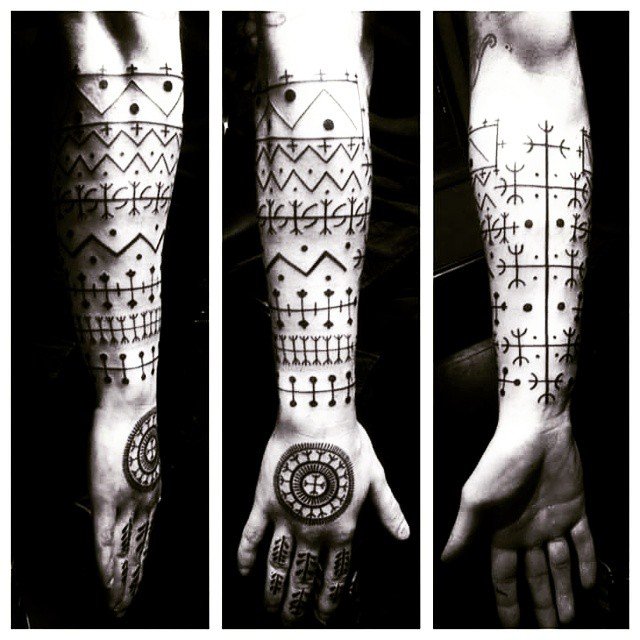
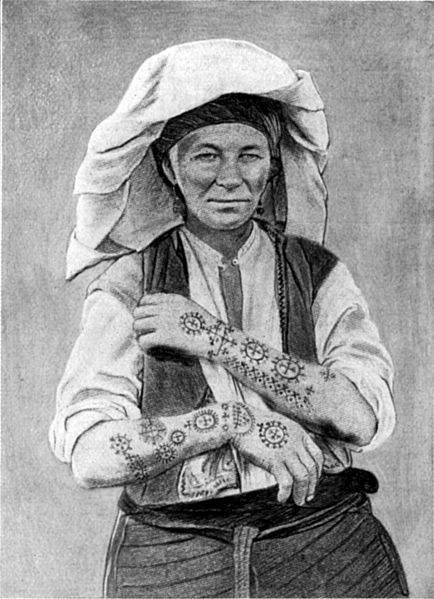
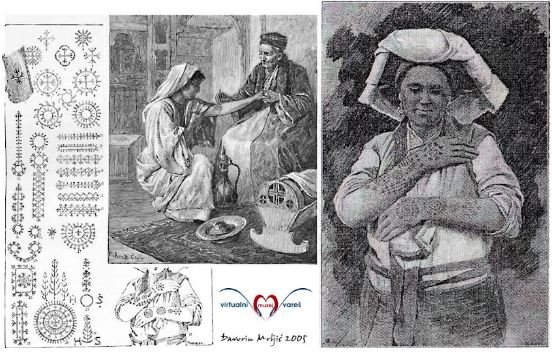
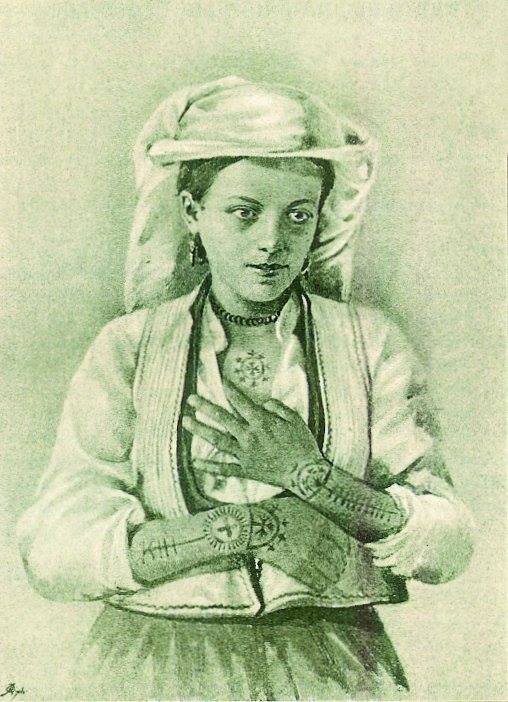
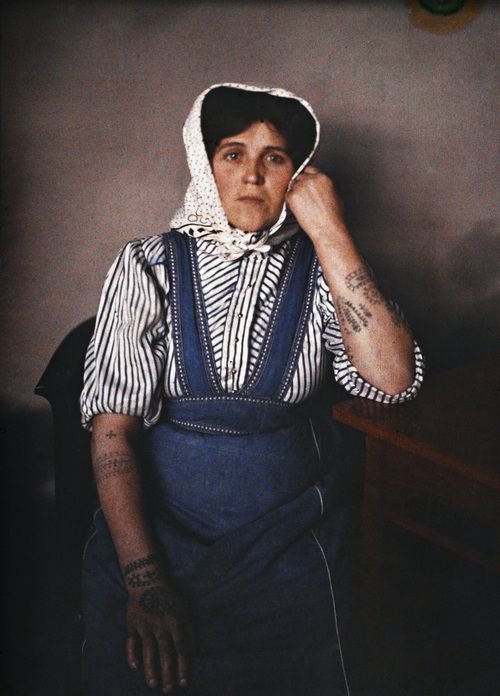

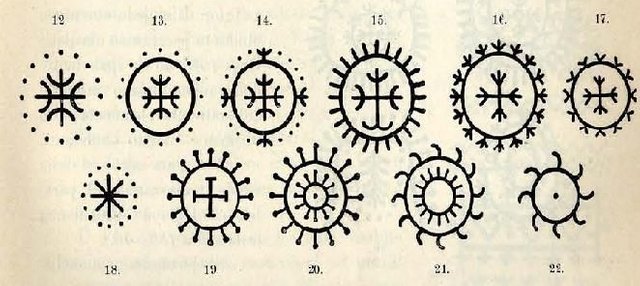
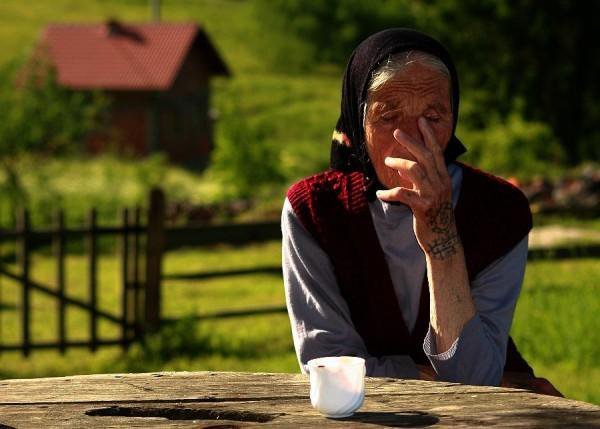
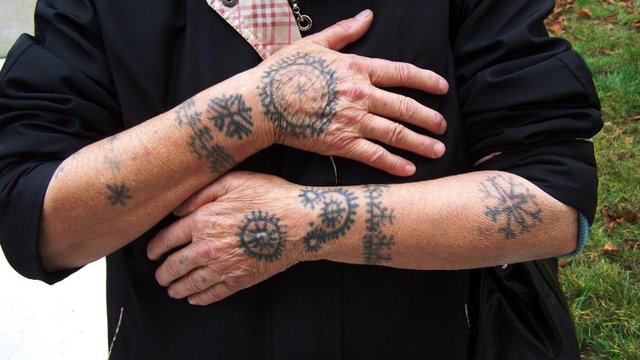
Great post @zija2022 really elaborate and told in your own words
Nisam znao da ovo postiji/postojalo kod nas, super informacija
odlican post 👍
Upravo podižem Hrvatski Steemit discord server sa svim funkcijama, bit ce gotov kasnije popodne kada zavrsim dizajn, botove i kategorije/kanale
Pošaljem ti invite u komentaru poslije
Hvala hvala !!!
Može čim staviš lik ću se priključiti 💪
@zija2022
Evo invite za Hrvatsku Steemit Udrugu na discord-u
https://discord.gg/ExrYHh5
Čitala sam o tetoviranim bakama dalmatinske Zagore i prije ali nikada ovako detaljno. Odličan post!
Super ti je post- ali fali mi novije povijesti - JNA, sidro i to :)
Hahahah ono kao
-Ranko-
---68---
--JNA--
😂😂😂
Da, da :)
Nice one @zija2022!! I've heard about it, and I was reading about it before, but still really interesting subject and really nice post, I like it a lot! Here is OKO - Croatian (street) artist who has this kind of tattoos on herself
(photo: jutarnjilist.hr)
Thank you!! I know about OKO the artist, but did not know she has does tattoos.
Reall nice thanks for sharing.
Some of those women in late 19th Century would have been thrilled to know that their beloved Catholic sovereign, Empress Elisabeth "Sissi" of Austria-Hungary, also had a tattoo on her shoulder.
hahaha probably, I think even the british Queen Victori had a tattoo
Really interesting, now I want one too. I am really a sucker for history lessons. So thank you
:-) yes they look interesting and have a nice story so would be a good choice for a tattoo
I would love to find resources to explain the meaning behind the various tattoo symbols! My search has not yet turned any up. I am an ethnic Serb, but my family that emigrated to the U.S. has has lost or repressed many traditions. And I have not yet found and connected with family in our home villages. Please share (anyone!) if you know or can point me towards information! Thank you in advance!
Stavarno super post! Vrlo zanimljiv s puno informacija. Nisam imala pojma da se to prije radilo.
Hvala :-) ima tradicija i obicaja svakakvih kod nas, neke vuku korjene dublje u povijest. Ima toga još tako, da cu sigurno još koji sličan post baciti :-)
Super, baš mi je drago! Rado ću i te pročitati! :)
Really interesting cultural post! We don't get to know much about the Balkans & Balkan history in our regular mass media platforms.
Thank you. There are now more and more Steemains from the Balkans. I am sure there will be a lot more of such posts.
Very nice post!
Dakle... Tražim ovu priču o starim tetovažama već neko vrijeme. Prije par mjeseci sam nekoga uvjeravala u ovo i eto, konačno pronađoh kvalitetan tekst. Hvala hvala hvala.
Hvala, Hvala :-) dosta ljudi je čulo koliko vidim za ovo. Pa sam i zbog toga malo htio pobliže razjasniti odakle i kako je to nastalo. Ima tu još ali mislim da bi bilo prenaporno ...